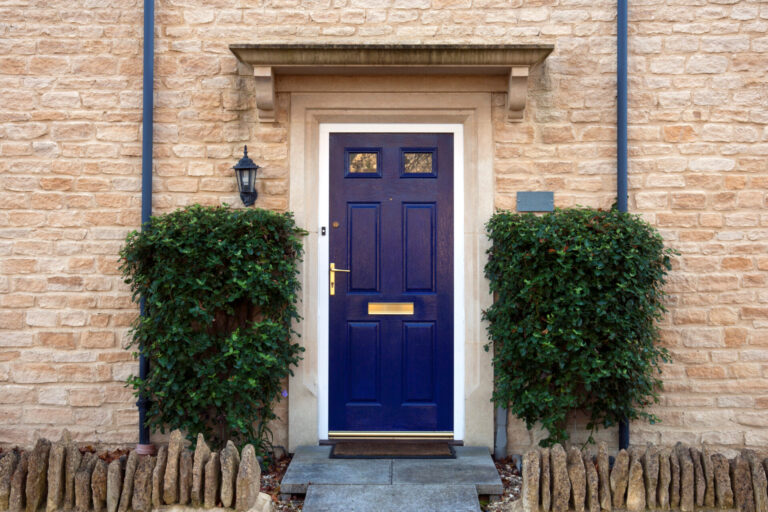Are you considering buying or renting a ground-floor flat? Deciding whether to live in a ground-floor flat can be a confusing decision. While it has its advantages, there are also some potential drawbacks you may need to be aware of. To help you we’ll be exploring the pros and cons of living in a ground-floor flat and provide some handy tips on how you can make the most out of living on the bottom floor.
Advantages of living in a ground-floor flat
1. Convenience
One of the biggest advantages of living in a ground-floor flat is convenience. Ground floor flats are usually closer to public transportation, shopping, and other amenities. All you need to do is open your door and walk a few yards in some cases and viola! You’re at your destination before you know it.
2. Affordability
Ground-floor flats tend to be more affordable than other types of housing. This is because they’re usually smaller and don’t require as much upkeep or maintenance.
3. Accessibility
They’re also often more accessible for people with mobility issues, making them a great choice for those who need extra support.
4. Green views
Another benefit of living in a ground-floor flat is that they tend to have greener views. Because they’re lower to the ground, they often have windows that look out onto gardens or other outdoor spaces depending on the building location.
5. Noise reduction
Ground-floor flats are often quieter than those on higher levels. This is because ground-floor flats are less likely to be disturbed by noise from the street or other tenants.
Disadvantages of living in a ground-floor flat
1. Privacy
One of the biggest drawbacks of living in a ground-floor flat is privacy. Ground-floor flats are closer to the ground therefore they’re more vulnerable to being seen and heard by passersby. Some may feel like they can’t relax fully in their own home because of this.
2. Potential flooding
Ground floor flats can also be more susceptible to flooding if there’s heavy rain, as water can easily seep into the walls and floors of your flat, causing damage to your belongings.
3. Restricted exits
Another potential downside of living in a ground-floor flat is that fewer exits are usually available. Some people may feel that they can be harder to get out of as they’re usually located at the base of a building.
4. Security
Finally, ground-floor flats can be more prone to crime, they’re easier to break into and as we said, they can be more difficult to escape from in some circumstances.
Safety and security considerations
If you’re thinking about living in a ground-floor flat and have worries about security, then consider the following:
● Make sure to research your neighbourhood and its crime rate.
● You should also ensure that your flat has adequate security measures such as locks, alarms, and security cameras.
● If you’re renting a ground-floor flat, you could talk to your landlord about increasing current safety measures, making sure you feel comfortable with them.
Tips for living in a ground-floor flat
If you’re currently living in a ground-floor flat or have sealed the deal on an upcoming tenancy or sale, here are some great tips:
● Install window coverings to make it harder for people to look into your flat.
● You can also invest in noise-cancelling curtains to help block out noise from the street.
● Invest in a flood alarm to alert you to any potential flooding before it becomes a problem.
● Keep your windows and doors locked when you’re not home and consider investing in a home security system.
It’s important to weigh the pros and cons carefully before deciding if a ground-floor flat is right for you. If you’re considering living in a ground-floor flat, make sure to take steps to protect your privacy and security and do your research on the area before committing to a sale or tenancy. However, with the right precautions, you can make the most of your ground-floor flat and enjoy all the advantages it offers.
If you’re considering selling your ground-floor flat or buying one to rent it out, please contact us for a free valuation appointment today.




